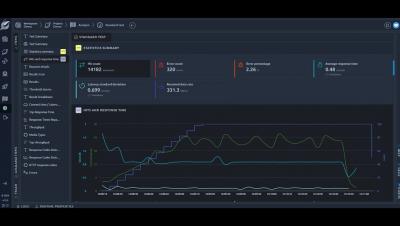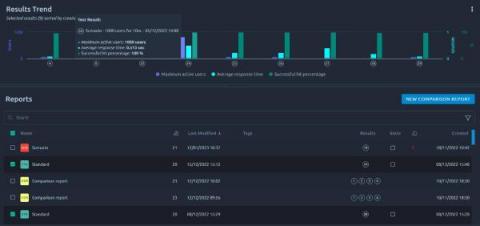How to configure and use JMeter logging
We are going to look at how JMeter outputs to both the log panel in GUI mode and the log file in non-GUI mode. We will look at the properties relating to the GUI log panel and the Appenders and Loggers that determine what data is output and at what level the logs are output at. JMeter uses log4j to provide its logging mechanism and from the log4j website: We will look at how Jmeter configures Appenders and Loggers separately but they work together to produce the logged output.









